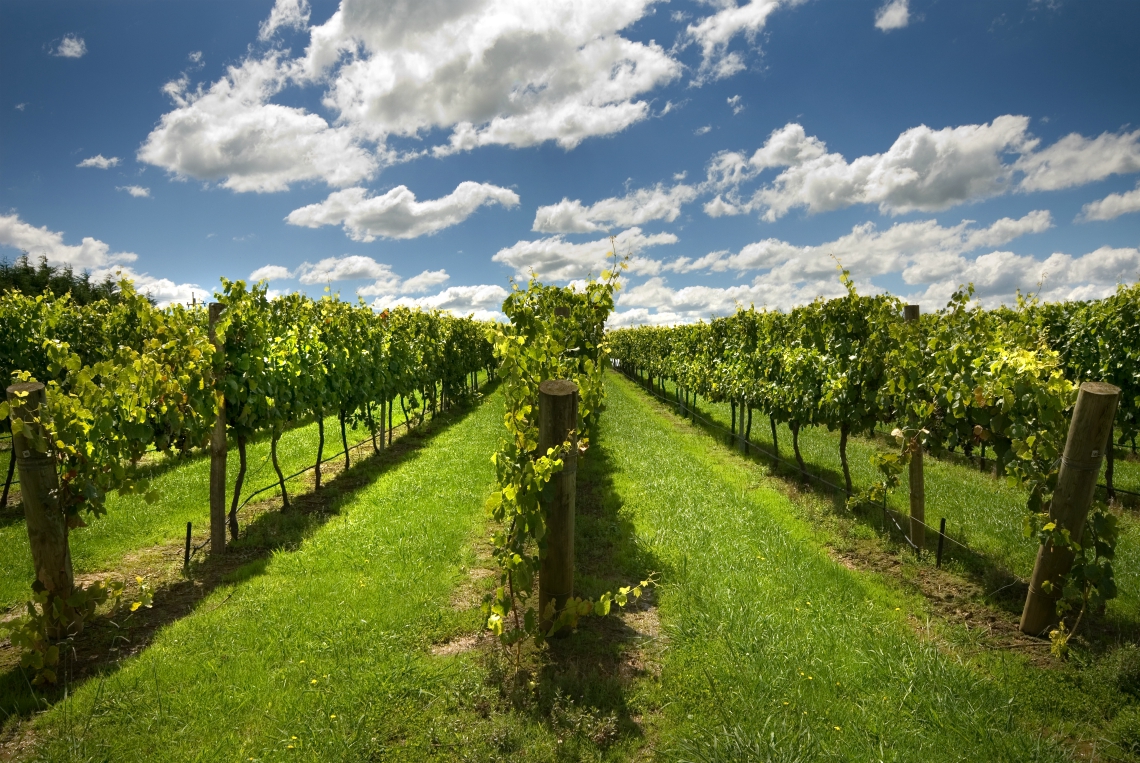By Dr Liz Waters, General Manager – RD&A, Wine Australia
The COP26 meeting in Glasgow has brought climate change front of mind for industries around the world. However, for the Australian grape and wine sector, climate change – our mitigation of and adaptation to – is already a key element in Wine Australia’s research, development and adoption (RD&A) investments.
Climate change is recognised as the biggest threat to the grape and wine sector globally. The impacts on wine production are well-recognised and well-documented. There is an increasing urgency in the conversation about mitigation: action to reduce the emissions that cause climate change. Producers are feeling regulatory, business and social pressures to take responsibility for reducing or eliminating their carbon footprint.
The Australian grape and wine sector, along with other agricultural sectors across the nation, has set a target of zero carbon emissions by 2050. Emissions management is a complex and fast-moving space, and we are committed to providing information to assist
the sector in reaching this goal, as well as addressing gaps in knowledge through new investment in research and development.
To that end, Australian Grape & Wine and Wine Australia are working with the sector to develop a ‘Net Zero Emissions Roadmap’ that will set realistic emissions targets, guide the sector towards those targets and provide practical information for producers in an accessible form. The intention is to create a usable document that will guide all grape and wine sector stakeholders across their wide range of business structures and engagement levels.
In addition, we will establish a baseline of greenhouse gas (GHG) emissions so that progress can be tracked and opportunities for abatement identified across the wine production chain. We’re also collaborating with other agricultural sectors to produce an agreed standard protocol for GHG emissions accounting, which will allow Australian agriculture to contribute to national climate commitments and sustainability goals.
Aside from minimising the impact of climate change, there are opportunities for grape and wine businesses to benefit from reducing their carbon footprint. Climate mitigation activities in the vineyard and winery can reduce input costs and directly impact the bottom line. Sustainable practices can improve vine health and productivity and contribute to environmental stewardship, as well as helping to meet regulatory requirements of export markets and demand from suppliers and consumers for ‘clean and green’ products.
Wine Australia’s RD&A investments have delivered a suite of adaptive strategies that wine producers are already employing and will need into the future. We will continue to develop new solutions, tools, treatments and advice to support the Australian grape and wine sector in climate change adaptation and mitigation.
This article originally appeared in the December/January issue of National Liquor News.

